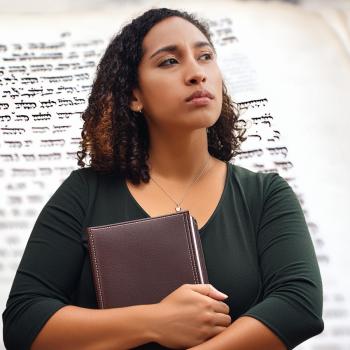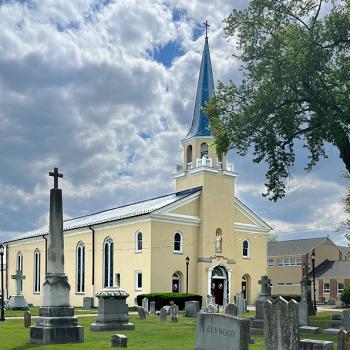Heat-induced indolence had taken residence in body and soul after a week in the remote beach town of Samara on the Pacific edge of Costa Rica. Location: about midway down a large peninsula, a two-hour challenging car ride from the four-gate airport in Liberia.
Auto traffic on the narrow two-lane road shared space with bicycles, and locals say road construction can shut down the only road in for hours. In the rainy season, it may wash out entirely.
We passed Jurassic Park-type scenery and saw monkeys playing in trees that bordered sugar cane fields. After arriving in the sleepy little beach town, I learned quickly that nothing except the few very basic hotels that cater to us wimpy Norte Americanos is air-conditioned. So, I found hat and sunglasses and set out to explore the town and beach.
Within minutes, I saw the church on one of the five streets that make up this town and knew where I would worship. I decided on the Saturday evening mass rather than Sunday morning 11 am worship.
Peeling stucco facade disguised the cinder-block building. Built for ventilation, the steel roof sat several feet higher than the top of the 30 foot high walls, lifting to 40 feet in the center. Open windows framed by exterior stonework latticework would provide natural daylight, but for this evening service, ironwork chandeliers gave dim lighting. Six fans set high pulled warmer air out.
The interior whitewashed walls were unadorned except for simple photos representing the Stations of the Cross, interspersed with four loudspeakers.
Hard wooden benches with uncushioned kneeling rails, immovably set into the ceramic tile floor, easily accommodated 400 people. The large, simple altar wore green paraments. The 80-foot wide chancel featured a Bethlehem scene in one corner and a giant five foot high/three foot wide Bible on a stand in the other.
About 250 people gathered for worship, all ages, with about six Caucasians. Ten minutes after the service was due to begin, a nun, dressed in a black veil, white blouse, and black knee length skirt, went to the lectern, and said, “Buenos noches.” She asked us to stand and sing for the procession.
There were no books, hymnals, or bulletins to guide the novice, or in our case, language-impaired, worshipper. The music was led by an electric piano, two guitars, and several vocalists, all sitting at the side and essentially invisible, but easy to hear because of the sound system. When the priest reached the front, he also sang into the microphone. His is good tenor helped guide the music as the congregation comfortably sang along.
The nun at the lectern introduced each Scripture reading. Three lay readers, two females and a male, competently read the Scriptures from the pulpit. The Deacon gave the gospel reading from the pulpit after inviting us to rise.
Then the priest, armed only with his microphone and his Bible, offered a lively 12-minute sermon, full of passion, facial expressions and gestures, punctuated with appreciative congregational laughter. We learned later that the message covered the call of the boy Samuel as he responded to the voice of God into the life of prophet and teacher to the people of Israel.
After the message, 17 adults came to the altar, all dressed in white shirts and black slacks or skirts. A bilingual couple sitting near us explained that these adults were being set aside and affirmed as the Catechism teachers for the next year. All are veteran teachers. One further teacher was then given special attention as this would be her first year to pick up that important task.
The priest and deacon then prepared the altar for the Eucharist. As the priest and congregation sang the prayers and responses, I saw this priest move into a nearly transcendent space during the consecration of the elements.
No language ability was necessary to experience the power of the worship taking place. The congregation surged forward to receive the Host, placed on the tongue of the worshipers. Those who could not receive for whatever reason stayed in their seats or knelt in prayerful silence, despite the discomfort of wooden kneeling rails.
An hour and ten minutes long service ended with a final song, announcements, and the recession. We streamed into the cooler nighttime darkness, all ready for Saturday evening activities.
A peaceful evening meal followed at a beachside restaurant, enriched by both the memories of the service and the sounds of the incoming tide.
Clearly, the Catholic church still serves as the spiritual center and cultural glue of this small and tightly knit community. There is a minuscule evangelical church and the Jehovah’s Witnesses eagerly give out their literature, but neither has much presence or impact. I found myself longing for the simplicity and connection such as this provides.
[Note: this article originally ran in the January 23, 2014 print and online editions of the Denton Record-Chronicle.]
Further commentary on this church visit can be found here.













